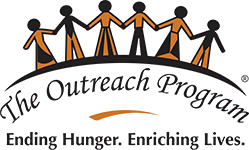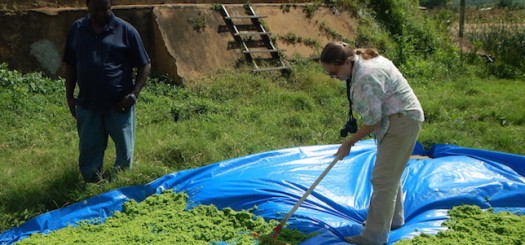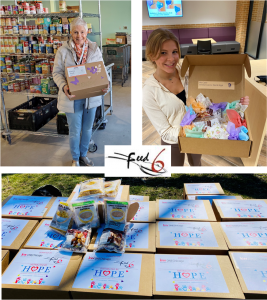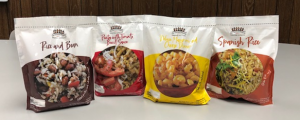Scientists Begin Research on Outreach’s Shallom Farm in Tanzania
Dr. Ellen Dierenfeld, Lead Scientist for Outreach International Tanzania and Dr. Gene Stevens of the University of Missouri recently began scientific research on Outreach’s 8,000 acre Shallom Farm in Tanzania.
Founders of Outreach, Inc., Floyd Hammer and Kathy Hamilton- under theirNGO Outreach International Tanzania- partnered with Dr. P.V. Kone,Tanzanian Regional Commissioner, to acquire the 8,000 acre (3,237 hectare) Shallom Farm in the Tanga Region of Tanzania. The goal is to develop a research-based demonstration farm that will serve as a nucleus to benefit the region with economic, environmental, and educational opportunities through private and public partnerships. The formerNational Mzeri cattle ranch was partially divided into private land holdings in the 1970s, and Shallom Farm is one of those holdings. Mzeri Ranch now comprises 100,000 acres with more than 3,000 head of cattle. Shallom Farm currently has approximately 700 head of grazing cattle, with two Masai villages just outside its borders dependent on Shallom for fresh water.
Experts agree that agricultural production has to increase 70% in the next 35 years in order to feed the growing population on the planet. While technological advances in developed countries have significantly increased production, it is imperative that areas of Africa like Shallom Farm be fully developed in a way that benefits local, regional, national, and international communities. Increased agricultural outputs in Africa are required to meet the demands of a burgeoning population.
The international shift in food-aid reform provides ideal timing for Shallom Farm to emerge as a source for local purchases. This fundamental shift from subsidizing commodities in the US to be sent to countries like Tanzania for either monetization or distribution in relief efforts provides Shallom Farm with the opportunity to capitalize on the rising demand. It is an optimal time for business opportunities that will be provided for Shallom Farm and surrounding smallholders such as WFP, USAID, and other NGOs as well as local markets and tourism restaurants look to purchase locally grown commodities and meat products.
Shallom will work in cooperation with existing programs and government ministries and, together, identify and develop profitable markets for improved quality products. Through this concept, Shallom can help to accelerate the training of Tanzanians in sustainable and modern livestock and agricultural practices.
This plot of land is off the African power grid but in the communication grid and in a semi-arid region with few water conservation tactics employed. There is a rainy season which could provide water resources for the land and the people if managed properly. Currently, small amounts of maize are grown by smallholders, but the lack of post harvest handling technology and access to markets severely limits the profitability of the crops. Lack of drying, storing, and transportation options make the smallholders vulnerable.
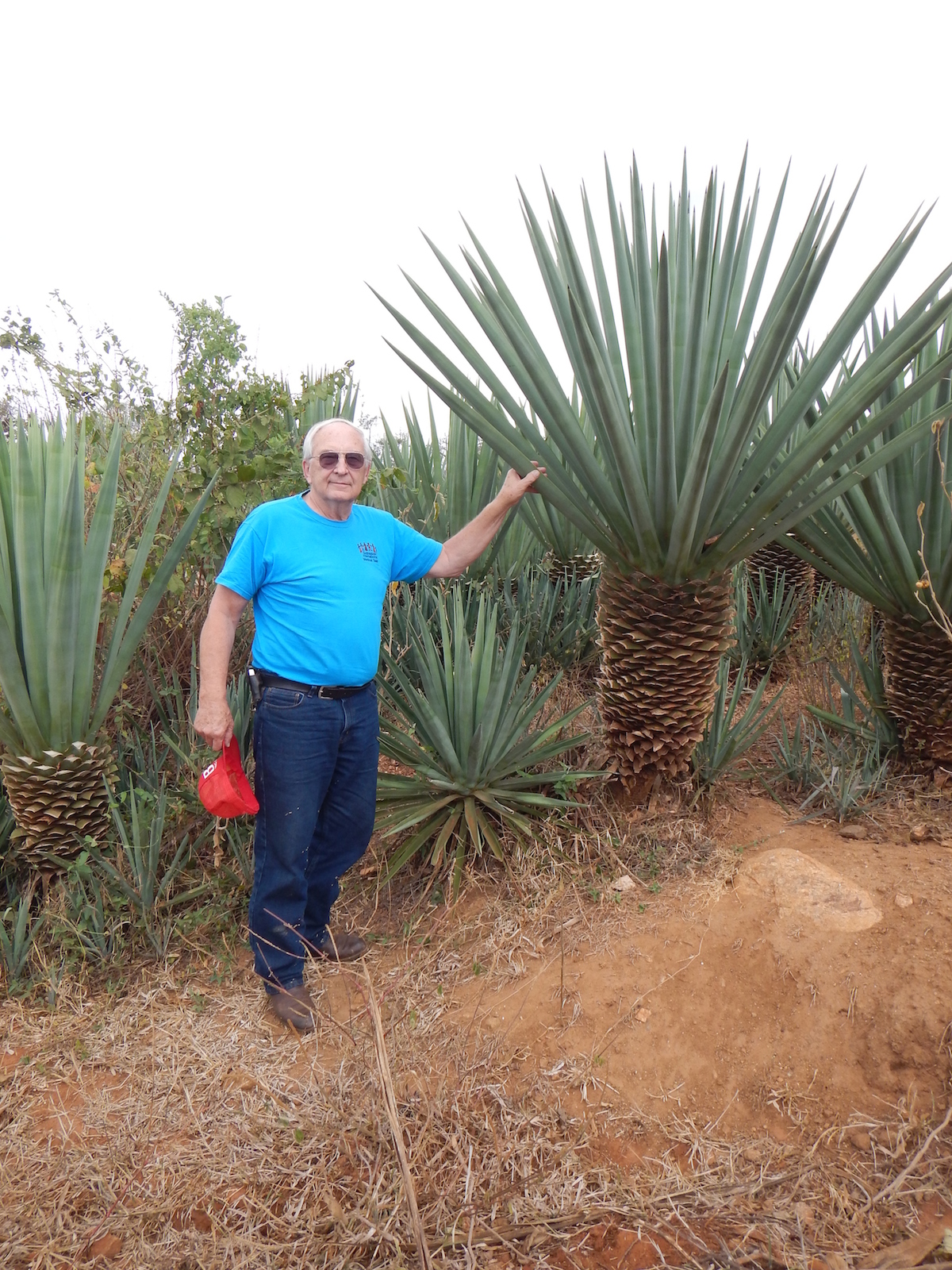 This region is also known for its sisal production. Although almost none has been grown on the area around Shallom farm, the Tanga region is known for sisal production, with large plantations growing nearer to ports. As we will detail, sisal will play a major role as a keystone crop for its direct economic profitability, but also livestock feed supplement, and environmental improvement. Thus far, the only product used of the sisal plant is the ~4% fiber for ropes and other fibrous products. However, a preliminary field study with sheep in Eritrea, overseen by a sisal expert from the UK, as well as ruminant nutrition modeling conducted with an Iowa State University range scientist suggest that if remaining sisal pulp byproduct is properly processed, it provides a valuable energy source for livestock feed, particularly useful as a dry season supplement in pastoral systems. We have already planted 27 kilometers of sisal plants to serve as a border on the property.
This region is also known for its sisal production. Although almost none has been grown on the area around Shallom farm, the Tanga region is known for sisal production, with large plantations growing nearer to ports. As we will detail, sisal will play a major role as a keystone crop for its direct economic profitability, but also livestock feed supplement, and environmental improvement. Thus far, the only product used of the sisal plant is the ~4% fiber for ropes and other fibrous products. However, a preliminary field study with sheep in Eritrea, overseen by a sisal expert from the UK, as well as ruminant nutrition modeling conducted with an Iowa State University range scientist suggest that if remaining sisal pulp byproduct is properly processed, it provides a valuable energy source for livestock feed, particularly useful as a dry season supplement in pastoral systems. We have already planted 27 kilometers of sisal plants to serve as a border on the property.
Cattle are also raised in this area, but overgrazing has made native grasses scarce. We currently have approximately 700 cows and calves on the farm. Historically, many cattle in this region are small and undernourished. However, over the past two years we have instituted a program of pasture rotation which has resulted in dramatically improved grazing capacity. The cattle now look good! Previously, Cattle have been forced to walk several kilometers just to get water; we have drilled a borehole and installed water troughs, so there is water available at all times at Shallom. We are also implementing herd synchronization and the use of artificial insemination for improving reproductive performance.
P.L.U.S. (Production Livestock Using Sisal)
Dr. Ellen Dierenfeld began the preliminary work for the first series of tests on using sisal as a dry season feed supplement, Sisal is typically harvested only for the fiber; however, the pulp that remains- if processed properly- can be used as the basis of a blended supplemental concentrate, with added locally-sourced protein such as sunflower or cottonseed cake. See attached Sisal Drying photo which shows Dr. Dierenfeld drying the sisal pulp. The pulp, in bulk, typically takes 36-48 hours to air dry, depending on solar and wind conditions.
The initial trial, conducted as part of a Master’s thesis project in collaboration with the Animal Science Department at Sokoine University of Agriculture (Morogoro, Tanzania), will utilize 32 recently weaned calves fed 4 diet treatments: no supplement, typical maize bran supplement, or 2 levels of sisal-based supplement. Intake, growth, feed efficiency, and economics will be monitored over a 90-day period during the upcoming dry season (August through October).
Soil Testing and Water Conservation
Dr. Gene Stevens initiated a soil quality survey, as a first step in improved crop production on Shallom. A comprehensive soil survey was needed to 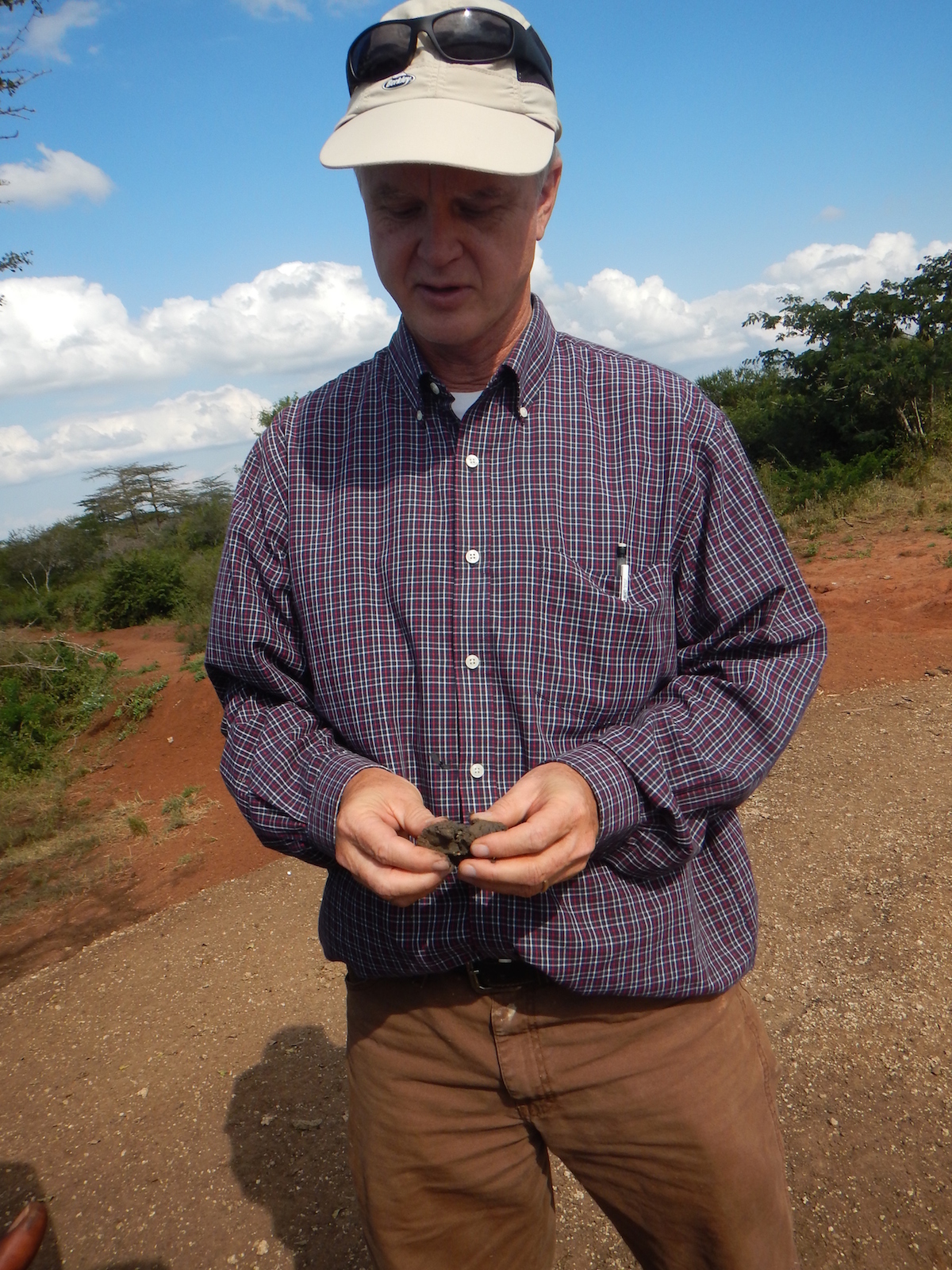 determine the best locations for crop and pasture production. Terraces with rows of sisal will be developed to slow down rainfall runoff and increase soil infiltration that will extend forages into the dry season. Information on soil texture, available water holding capacity, and fertility were needed to decide on new locations for maize, sorghum, and pasture plots for rotational grazing systems.
determine the best locations for crop and pasture production. Terraces with rows of sisal will be developed to slow down rainfall runoff and increase soil infiltration that will extend forages into the dry season. Information on soil texture, available water holding capacity, and fertility were needed to decide on new locations for maize, sorghum, and pasture plots for rotational grazing systems.
Stored rainfall in reservoirs is the best water source for irrigation in Tanzania because wells from groundwater aquifers usually do not have enough capacity for sprinkler or furrow irrigation. Shallom Farm has three seasonal rivers that run through it and flow into one main channel exiting the farm on the northeast corner.
Dr. Stevens carried equipment for soil testing and soil samples were collected in a grid pattern on a selected section of the farm with a Garmin® GPS receiver. Portable soil pH, EC, and colorimeters were used to assess acidity, salinity, and phosphorus. A hydrometer was used for determining sand, silt, and clay content. Soil nitrogen, potassium, magnesium, sulfur, and organic matter were tested with a LaMotte® soil analysis kit. Six inch diameter rings and Draeger CO2 tubes were taken to measure respiration for soil health. Chemicals were also used for measuring active soil carbon.
For further explanation of Dr. Stevens research, visit his websitehttps://www.genestevens.net/.
If you’d like further information about the concept and vision of Shallom Farm, or would like to participate in the variety of business development, research, construction, and education being established, please contact us: office@outreachprogram.org
Or call us at: 641-486-2550
